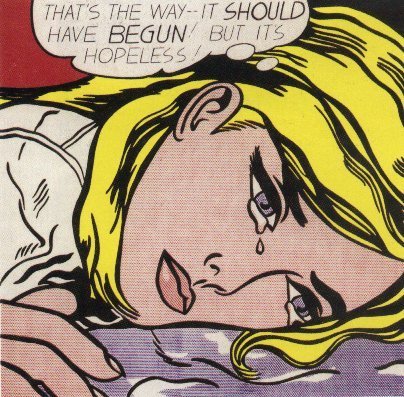A reader's response to materials presented for EN398, spring semester.
Saturday, February 12, 2011
Powerlessness and Hopelessness in Maggie
In our class discussion on the presentation of poverty in Stephen Crane’s Maggie: A Girl of the Streets, I was particularly stuck on the idea of “hopelessness”-- in Maggie’s situation, and in the situation of the tenement housing overall. I skimmed back through the novella and tried to identify points where Maggie may have been able to make a turn for the better, to follow a brighter, more hopeful path. Sure enough, I couldn’t find anything. I became frustrated by her lack of mobility, almost annoyed by her simple naiveté towards Pete and shameful return to her family. Yet despite Maggie’s failings as a character, I couldn’t dislike her.
I realized on this second read-through that my biggest problem was not with Maggie’s character; it was with the situation overall. Because of external factors in her environment-- lack of education, extreme poverty, disturbed family structure, and violence-- she was driven towards the “saving grace” that Pete seemed to represent. It was no failing on her part that she should end up in that eerie final section, prostitution herself to strangers passing by. Crane seems to place the blame for Maggie’s demise entirely on external factors. Maggie makes few choices for herself, but the ones she does make are driven by societal failings, not any avoidable error on her part.
I do have one question, though. Crane seems to construct Maggie as a vehicle of pity, a dramatic example of a pure young woman destroyed by her terrible environment. However, Maggie’s final actions are prostitution and subsequent suicide, both of which typify immorality and sin. How does he hope to have Maggie draw on the audience’s pity and sympathy if she ultimately assimilates into the immorality exemplified in the social and economic environment that brought her down?
Subscribe to:
Post Comments (Atom)

No comments:
Post a Comment